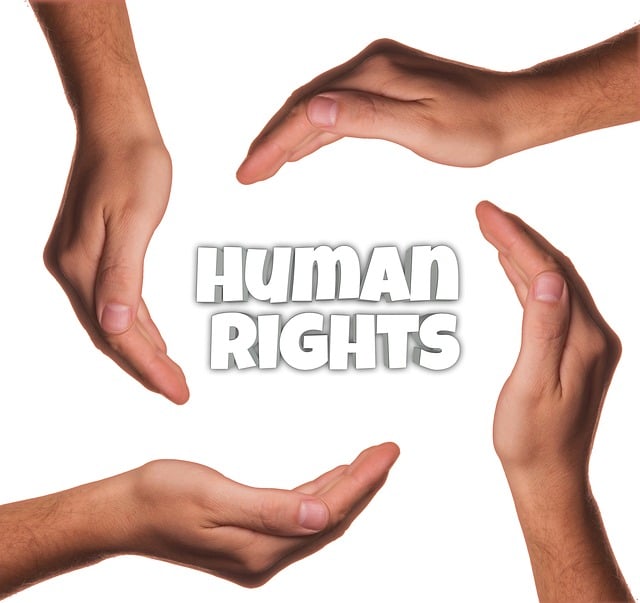The Impact of Mandatory Minimum Sentences raises concerns in criminal justice, especially for white-collar offenses, where fixed prison terms may be disproportionate and hinder rehabilitation. This approach, aimed at consistent sentencing, clashes with principles of fairness and proportionality, particularly in non-violent crimes. The distinction between criminal and civil litigation is crucial; while criminal cases focus on societal protection through punishment, civil cases seek balance and victim compensation. Mandatory sentences influence both systems, with critics arguing they can disproportionately affect marginalized communities and deter cooperation.
“In the complex landscape of criminal justice, understanding litigation types and their implications is paramount. This article delves into the contrasting worlds of criminal and civil cases, shedding light on how they differ in their objectives and consequences. A significant aspect that shapes these outcomes is the presence of mandatory minimum sentences, which have a profound impact on society. We explore the pros and cons of such sentencing, analyzing its effects on individuals and communities alike, especially in light of the growing discussions around the impact of mandatory minimum sentences.”
- Understanding Mandatory Minimum Sentences: A Brief Overview
- Types of Litigation: Criminal vs Civil Cases
- The Impact on Society: Pros and Cons of Mandatory Minimums
Understanding Mandatory Minimum Sentences: A Brief Overview

Mandatory minimum sentences refer to predetermined, fixed terms of imprisonment that judges must impose for specific crimes. These laws were introduced with the intention of promoting consistency and reducing judicial discretion in sentencing. However, their impact across the country has been significant, particularly in cases involving white-collar offenses. The strict enforcement of these mandatory minimums can make it challenging for defendants to secure winning challenging defense verdicts.
The implementation of mandatory minimum sentences often results in prolonged incarceration, regardless of individual circumstances or mitigating factors. This one-size-fits-all approach can be particularly harsh for non-violent offenders and those who have shown rehabilitation potential. As a result, legal experts argue that these sentences may not always align with the principles of just punishment and proportionality, impacting the overall fairness of the criminal justice system.
Types of Litigation: Criminal vs Civil Cases

In the realm of litigation, a key distinction lies between criminal and civil cases. Criminal litigation involves offenses against society as a whole, typically initiated by a government prosecutor to enforce penal codes. The primary focus here is punishment and deterrence, with potential consequences including imprisonment, fines, or both. These cases often involve serious crimes such as murder, assault, or fraud, and the burden of proof rests heavily on the prosecution to establish guilt “beyond a reasonable doubt.”
On the other hand, civil litigation arises from disputes between individuals, businesses, or organizations. It focuses on resolving conflicts over specific legal rights, remedies, and compensation for harm done. While criminal cases aim to punish offenders and protect society, civil cases seek to restore balance and provide relief to aggrieved parties. The standards of proof differ as well; in civil litigation, the burden lies with the plaintiff to prove their case “by a preponderance of evidence.” Furthermore, the Impact of Mandatory Minimum Sentences plays a significant role in criminal cases, particularly in addressing white-collar and economic crimes across the country, though strategies for avoiding indictment remain crucial considerations.
The Impact on Society: Pros and Cons of Mandatory Minimums

The implementation of mandatory minimum sentences has had a profound impact on society, with both positive and negative consequences. On one hand, these strict penalties aim to deter criminal activity by imposing severe repercussions for specific offenses, particularly in the realm of white-collar crime. This approach is often seen as crucial in holding individuals and corporations accountable for their actions, ensuring justice is served, and potentially reducing the prevalence of certain types of fraud and corruption across the country.
However, critics argue that mandatory minimums can lead to disproportionate and unfair outcomes. They often fail to account for mitigating circumstances and individual culpability, resulting in severe sentences that may not always fit the crime. This one-size-fits-all approach can disproportionately affect those from marginalized communities, creating a sense of inequality in the justice system. Furthermore, it can hinder potential collaborations and plea bargains, as defendants may feel less inclined to negotiate, opting instead for longer prison terms, which ultimately impact both corporate and individual clients.
The discussion on mandatory minimum sentences highlights a complex interplay between justice, public safety, and societal impact. While these laws aim to deter crime and ensure consistent punishment, their one-size-fits-all approach may overlook individual circumstances. The impact of mandatory minimum sentences can be profound, affecting not only offenders but also communities and the broader criminal justice system. Balancing the need for accountability with the nuances of each case remains a critical challenge in shaping effective and equitable litigation practices.






